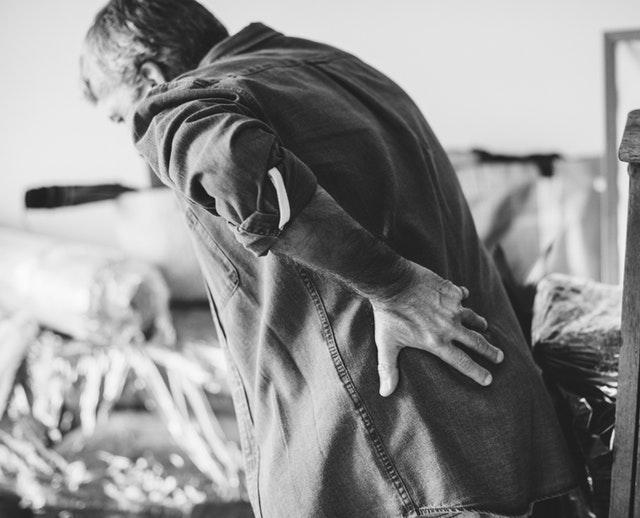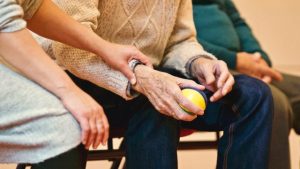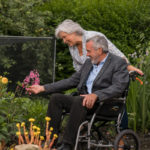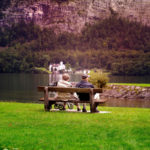
Growing old is an inevitable part of life. As you age, the body goes through natural wear and tear that can sometimes cause pain or disability in some instances. It can prevent you from doing some of the things you love, and seeking professional assistance from an aged care centre might be the next step. This raises the question of how these institutions address the needs of their residents. Therapy is one of the most common programs used, and it works wonders. Everyone is unique, and the same goes for treatment. So, on that note, here are some of those techniques that are widely used by professionals in this line of work.
Geriatric speech therapy
The need to communicate is vital, regardless of your age. If they have no clear way to tell you how they feel or what they need, a minor situation may suddenly turn into an emergency. This type of therapy focuses on a person’s language, speech, and comprehension. The larynx and vocal cords tend to get weaker as people grow older, and it can lead to things such as difficulty swallowing, speaking clearly or expressing one’s self. This particular type of therapy makes uses of vocal exercises that will eventually help them articulate and communicate more effectively. Aphasia and dementia are some of the commonly known conditions treated with speech therapy.
Geriatric physical therapy
If the reason is to improve overall mobility and strength or to help manage a long-term illness, this kind of physical therapy would be highly suggested. As you age, the body becomes less flexible, and it gets harder to maintain a certain level of fitness. This type of therapy targets persons who may have suffered from an infection, a fall or osteoporosis, to name a few. Given that anyone of these ailments can cause the muscles in the body to get stiff and lead to pain, it is usually prescribed with an exercise program that can address the specific needs of the individual. Physical therapy can include routines such as muscle massages and gentle twisting of joints to reduce pain and improve flexibility. In turn, alternating therapy may be needed for particular patients needs. This is okay as long as the patient gets a good amount of rest.

Hydrotherapy
This specific type of therapy is getting quite popular, especially among the older folks based on the positive results. As the name suggests, it involves treatments that are conducted in shallow pools, and this is why many of the residents will find it engaging. It allows them to keep active without having to worry about too much stress being placed on the body. Hydrotherapy is known to help reduce muscle spasms, improve circulation, strengthen weak muscles and relieve pain.
Orthopedic therapy
This treatment is aimed at the joints, muscles, and bones in the body. As people grow older, their bone and muscle mass begin to shrink, which makes them more vulnerable to things such as broken bones, muscle strains, and tendonitis, to name a few. In some cases, it can cause the patient to stop doing certain activities because the pain is a bit much. Based on the nature of the ailment, the resident may need a particular routine that caters directly to their problem and orthopedic therapy can do just that.
Several other forms of therapy are being utilised in various aged care homes and based on the list provided; you should have a general idea of what some of them entail. So, if you are looking into one of these facilities, it would help to do your checks to see which of them best tends to the needs of your loved ones.







